Ovarian epithelial tumors account for the majority of all ovarian tumors (60-70%) and their malignant forms represent >90% of ovarian cancers 1. They can range from benign to highly malignant tumors.
On this page:
Epidemiology
There is a difference in the frequency of ovarian tumor subtypes depending on menopausal status 6:
-
premenopausal
serous (~60%)
mucinous (~20%)
endometrioid (~10%)
clear cell (~5%)
other (~5%)
-
postmenopausal
serous (~60%)
endometrioid (~12.5%)
clear cell (~10%)
mucinous (~7.5%)
other (~10%)
Pathology
The origin and pathogenesis of epithelial ovarian cancer are poorly understood 5. Despite extensive studies, no precursor lesions have been found 5.
Classification
Ovarian epithelial tumors are histologically classified according to:
-
resemblance to normal gynecological cell line 7
serous: resembling epithelium lining the Fallopian tubes
mucinous: resembling epithelium lining endocervix, containing intracytoplasmic mucin
endometrioid: resembling epithelium/stroma of uterine corpus
clear cell: comprising clear cells and hobnail cells
-
grade of aggressiveness 7,8
several grading systems exist, and grading may differ according to histologic type
e.g. three-tier FIGO system, two-tier MDACC system for serous tumors
A more complete list of ovarian epithelial tumors is as follows:
-
ovarian serous cystadenoma: ~60% of serous tumors
ovarian borderline serous cystadenoma: ~15% of serous tumors
ovarian serous cystadenocarcinoma: ~25% of serous tumors (most common malignant ovarian tumor)
-
ovarian mucinous tumors: ~20% of all ovarian tumors
ovarian mucinous cystadenoma: ~80% of mucinous tumors
ovarian borderline mucinous cystadenoma: 10-15% of mucinous tumors
ovarian mucinous cystadenocarcinoma: ~5-10% of mucinous tumors
ovarian endometrioid tumor: 8-15% of all ovarian tumors
ovarian cystadenofibroma* / ovarian adenofibroma: can be serous, mucinous, endometrioid, clear cell, or mixed
ovarian cystadenocarcinofibroma: extremely rare
clear cell ovarian carcinoma: ~5% of ovarian cancer
Brenner tumor: 2-3% of ovarian epithelial neoplasms
undifferentiated carcinoma of the ovary: ~4% of all ovarian tumors
* sometimes classified as a separate category rather than under epithelial
Markers
Radiographic features
These can range from being cystic, to solid, to anything in between. As a crude rule, the likelihood of malignancy increases with increasing solid-tissue elements and thicker septae 2. While there are some common features, there are also many variations and it may be best to refer to subarticles for specific imaging features.


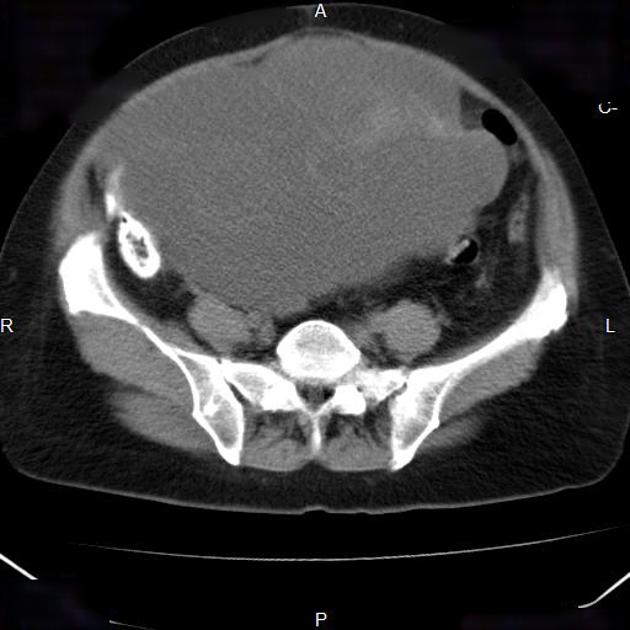
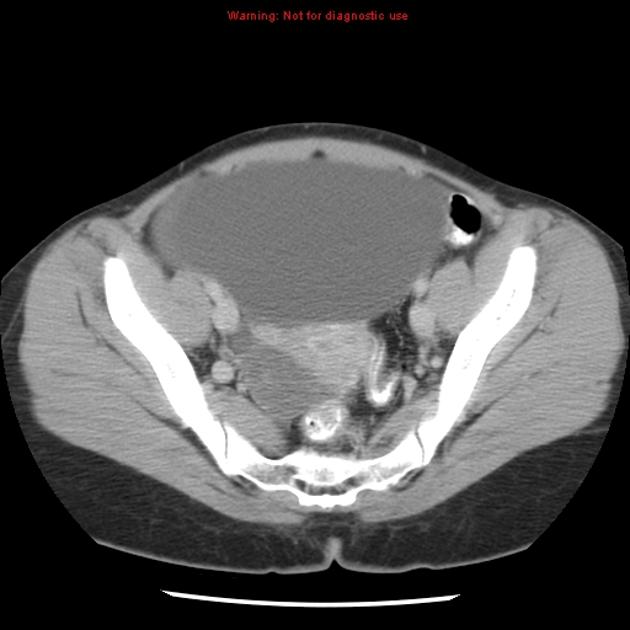
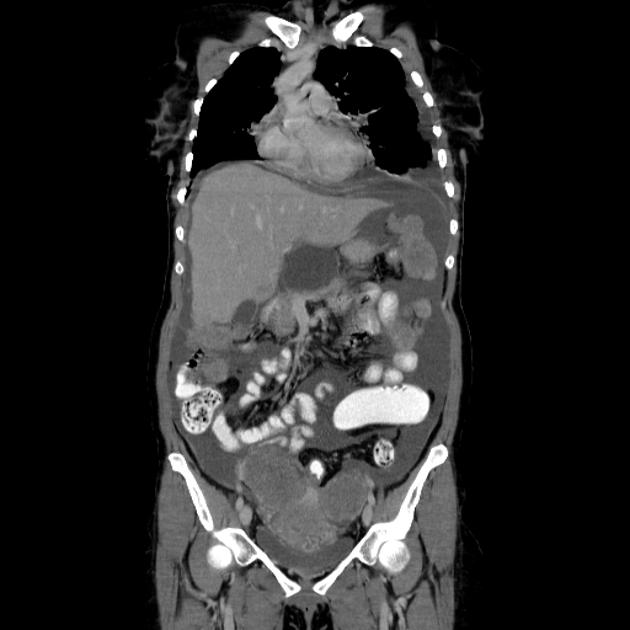
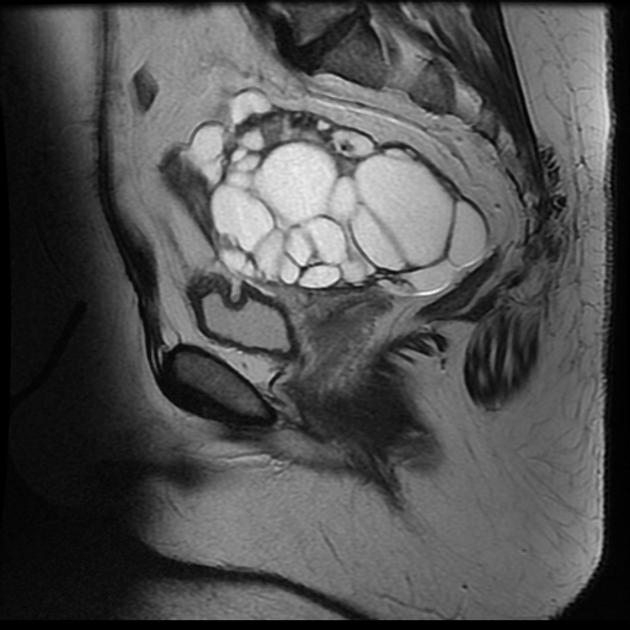
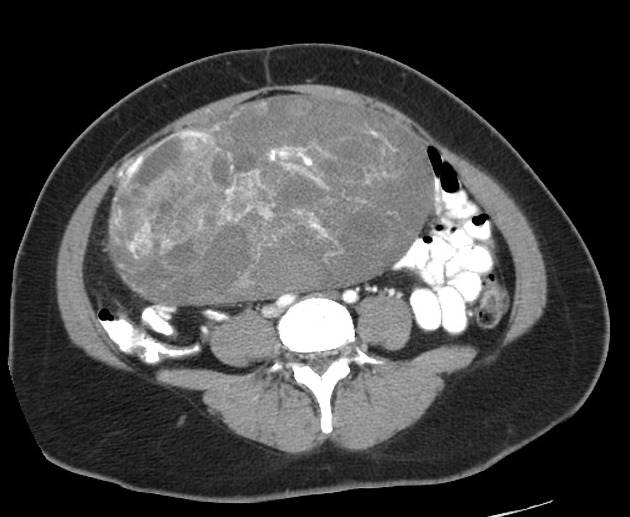
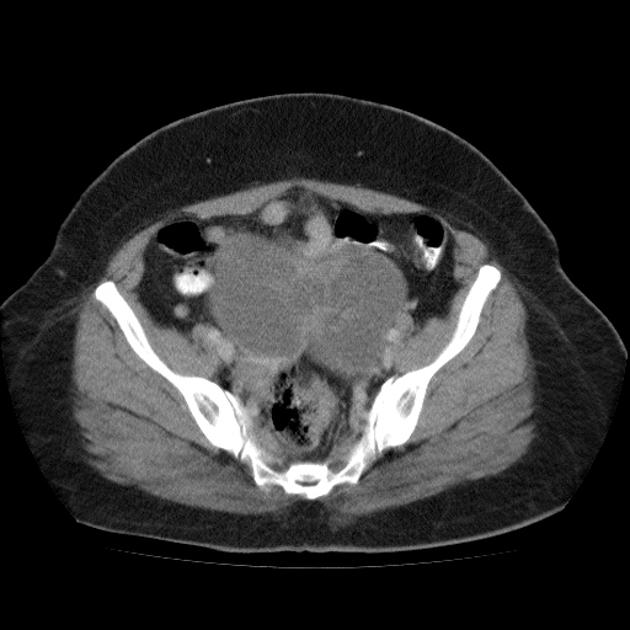
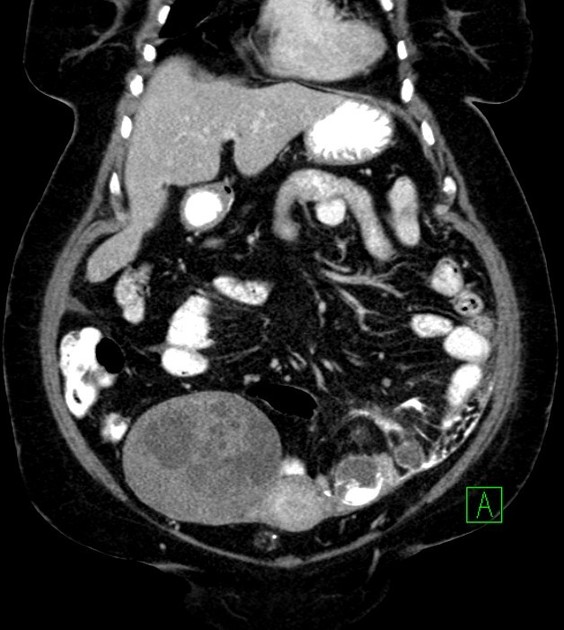


 Unable to process the form. Check for errors and try again.
Unable to process the form. Check for errors and try again.